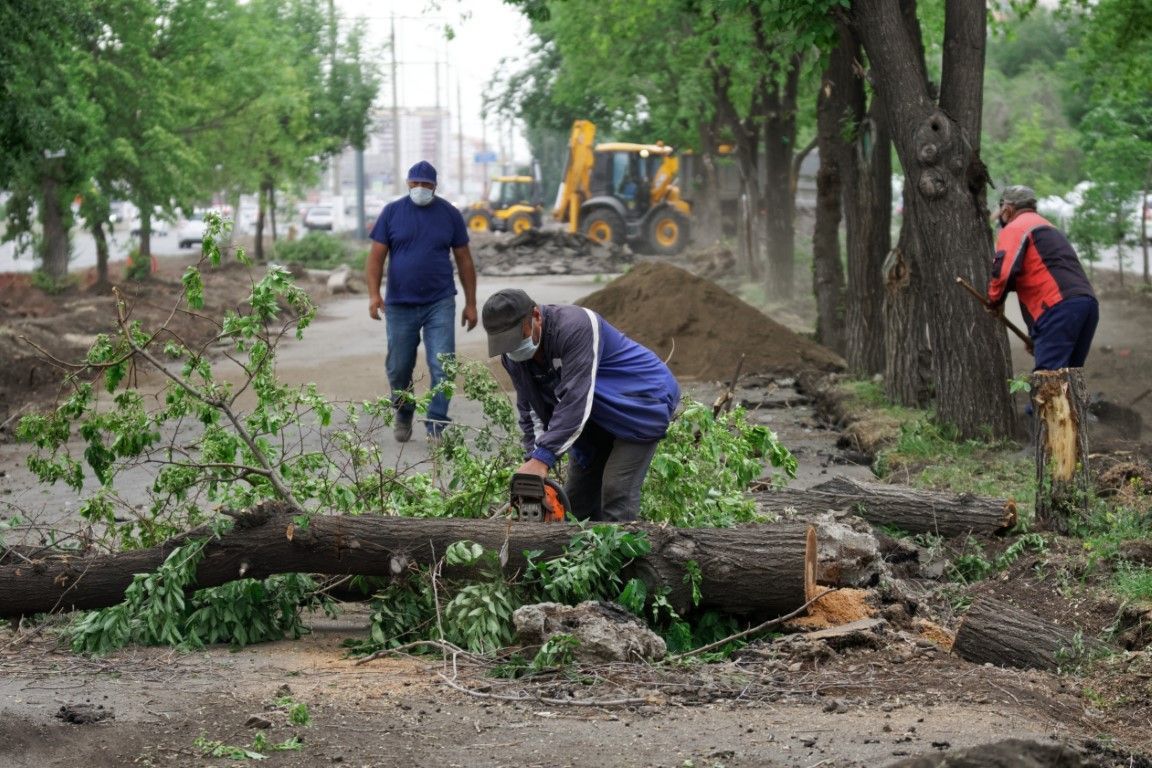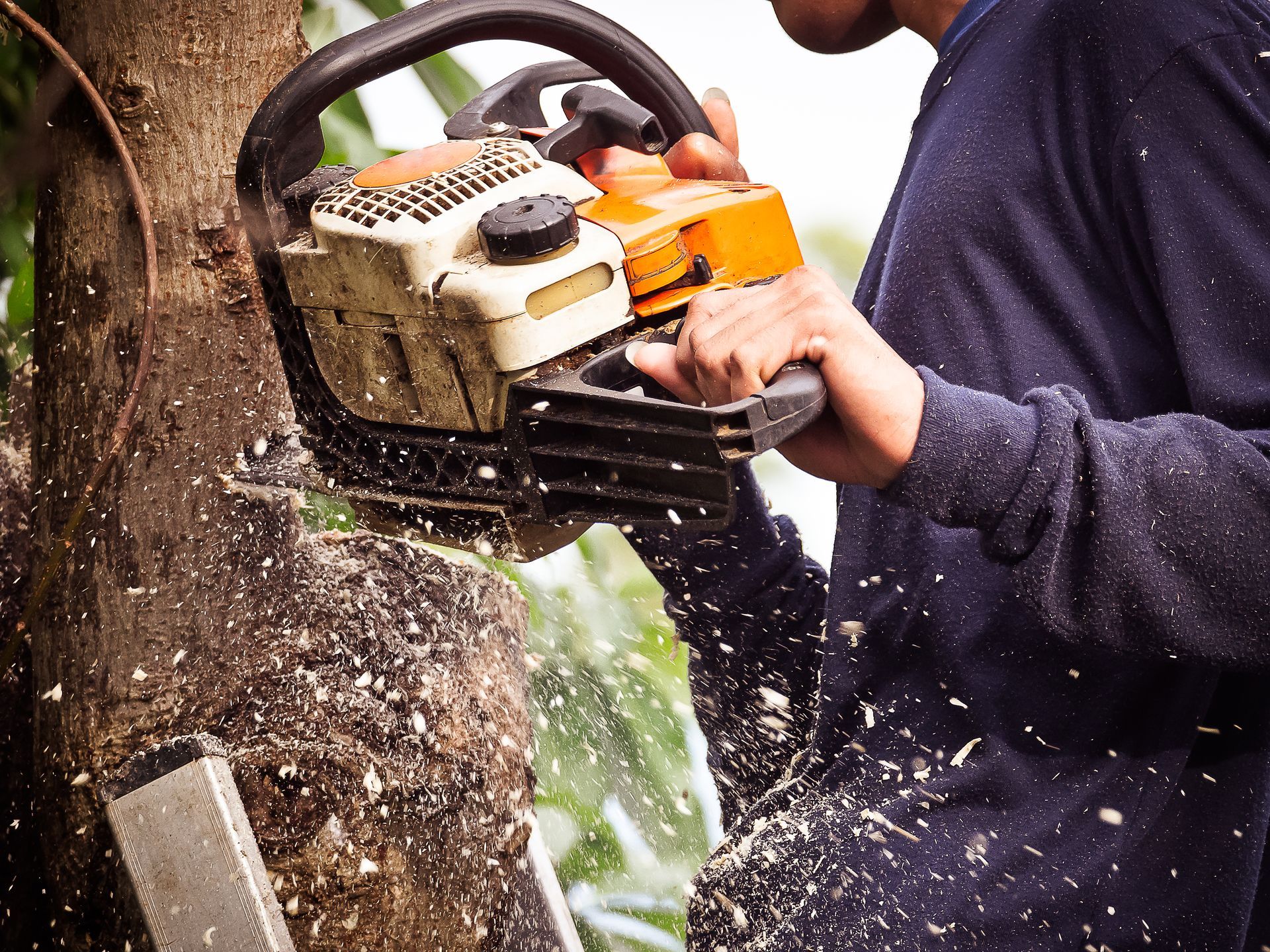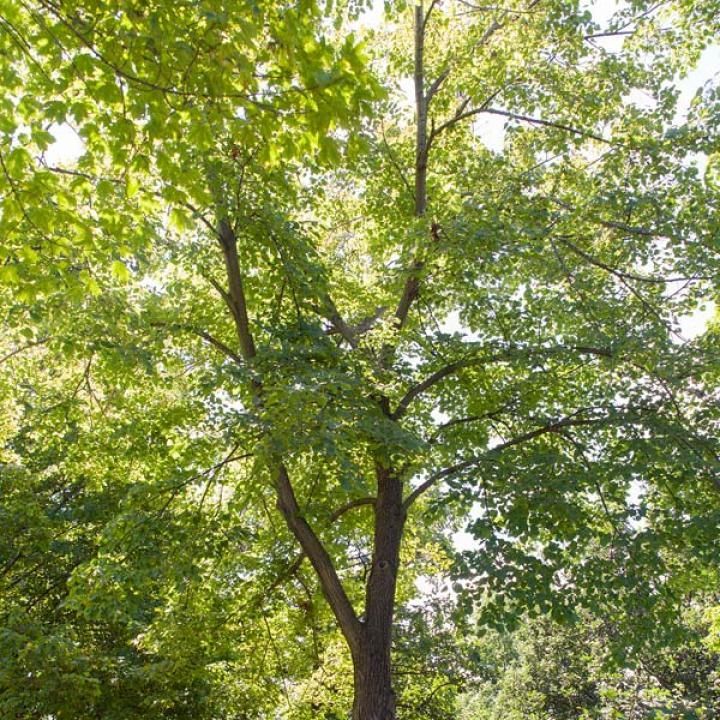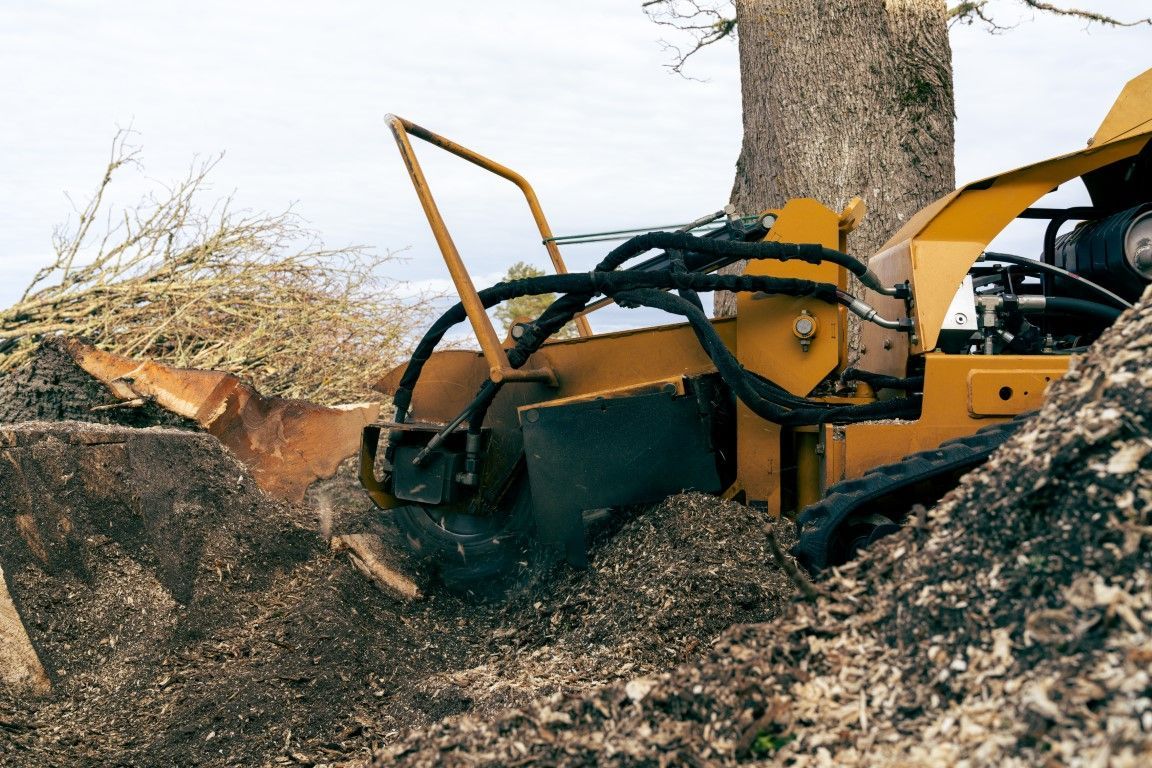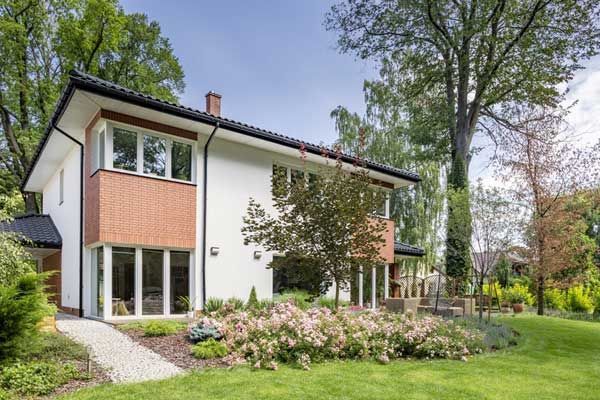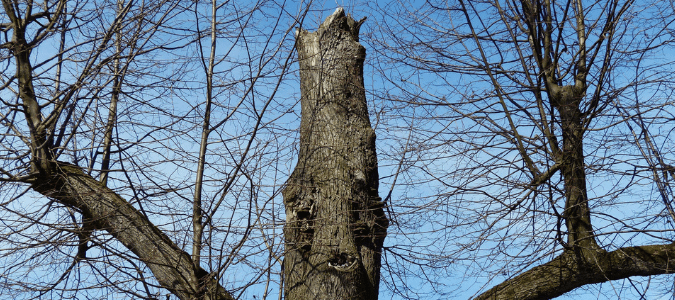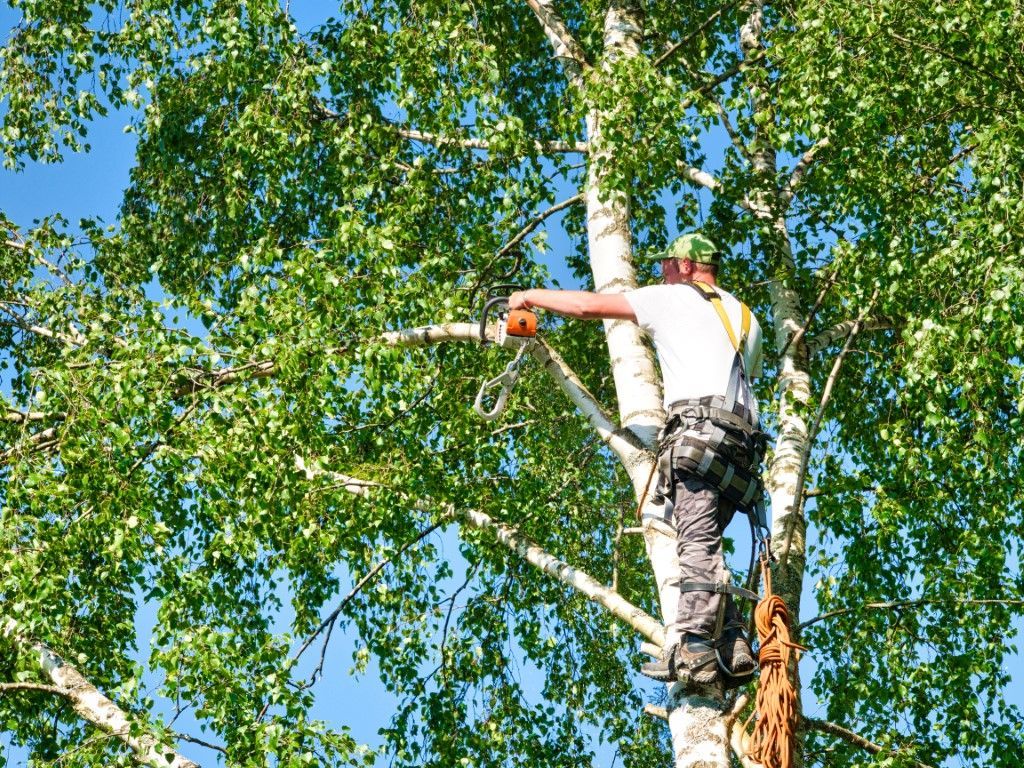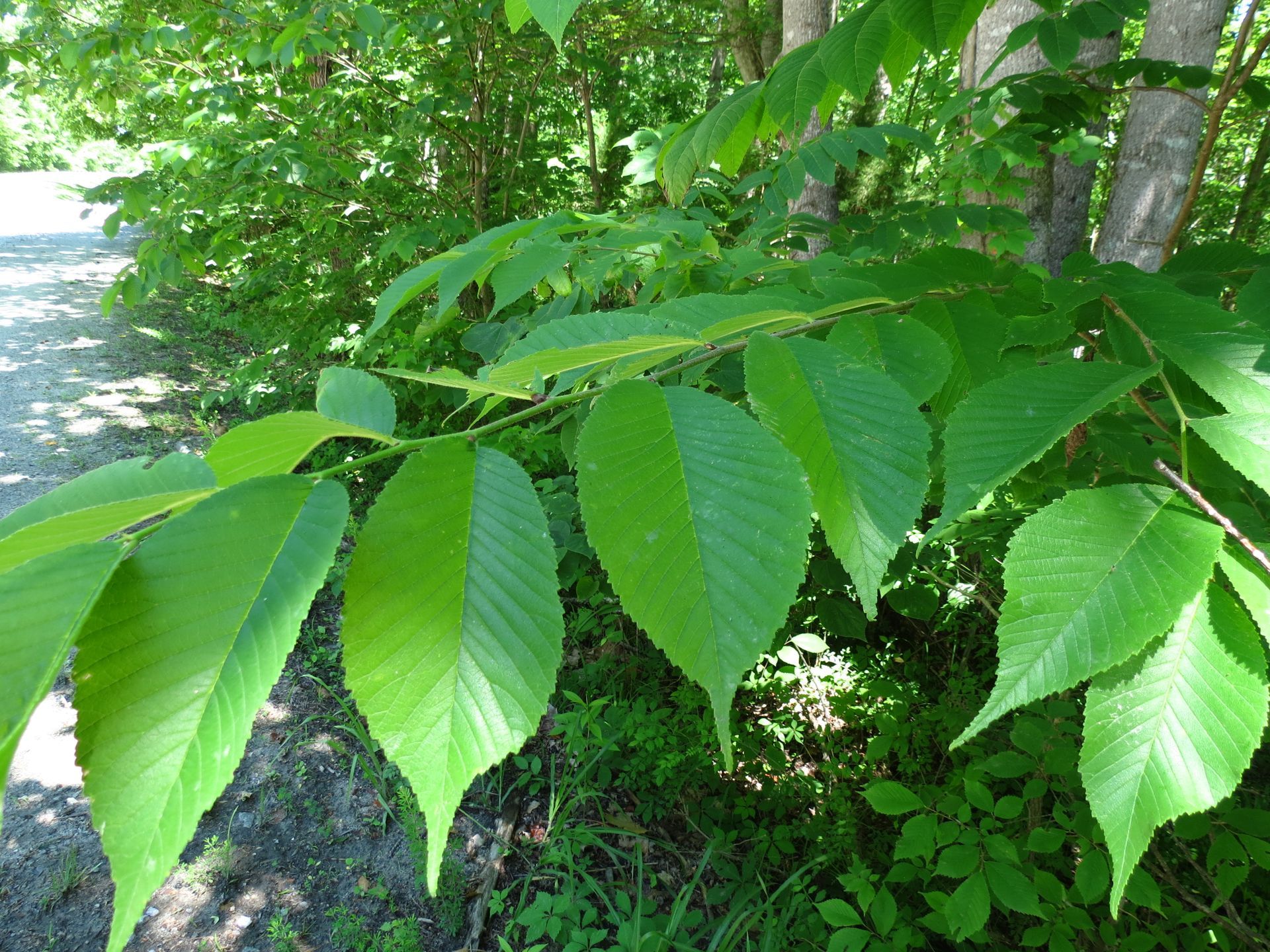What Is Tree Pruning?
The Basics of Tree Pruning:
Embracing tree pruning as a fundamental practice in arboriculture is akin to giving your trees a thoughtful haircut for their overall health, appearance, and safety. In this beginner's guide, we'll explore the essentials of tree pruning, its significance, and how it contributes to the well-being of your trees.
Understanding Tree Pruning:
Tree pruning is a purposeful horticultural activity designed to selectively remove specific branches or parts of a tree. Its primary objectives include the elimination of dead or diseased branches, shaping the tree for aesthetic purposes, and encouraging proper growth patterns. Beyond aesthetics, pruning aids in enhancing sunlight penetration and air circulation, creating a healthier environment for the tree.
Key Objectives of Tree Pruning:
By eliminating dead or diseased branches, pruning acts as a preventive measure, curbing the spread of infections and bolstering the overall health of the tree. It also enables arborists to identify and address potential issues before they become more severe.
Enhancing Safety:
Pruning serves as a safety measure by eliminating weak or overhanging branches, reducing the risk of accidents, especially during storms. This practice creates a safer environment, mitigating potential threats to property and people.
Aesthetic Contributions:
The visual appeal of trees is elevated through pruning, shaping them to complement their natural form. Well-pruned trees enhance the beauty of landscapes, providing a more manicured and visually pleasing appearance.
Improving Sunlight and Airflow:
Thinning the tree canopy through pruning facilitates increased sunlight penetration to the inner branches and the ground below. This fosters better photosynthesis and encourages the growth of lower branches. Improved airflow helps prevent diseases associated with damp and stagnant air.
When to Prune Trees:
The timing of tree pruning depends on various factors, such as the tree species and its specific requirements.
Some general guidelines include:
Winter Pruning:
Late winter is ideal for pruning many deciduous trees when they are dormant, promoting robust spring growth.
Spring Pruning:
Spring is a suitable time to prune flowering trees after they bloom, allowing for shaping without compromising blossom development.
Summer Pruning:
While major pruning is generally avoided during summer, light pruning can help control excessive growth.
Fall Pruning:
Late fall is optimal for addressing structural issues and removing dead wood. However, pruning during fall should be approached with caution to avoid exposing the tree to diseases.
Tree pruning stands as a proactive measure contributing to the vitality, safety, and aesthetic appeal of trees. A grasp of the basic principles of pruning and adherence to proper timing ensures the well-being of your trees and allows you to reap the numerous benefits they bring to your landscape. If you find yourself uncertain about pruning techniques or the best time for your specific trees, seeking guidance from a certified arborist ensures professional advice tailored to your unique needs. For advice on tree pruning, contact Big D's Des Plaines Tree Service.
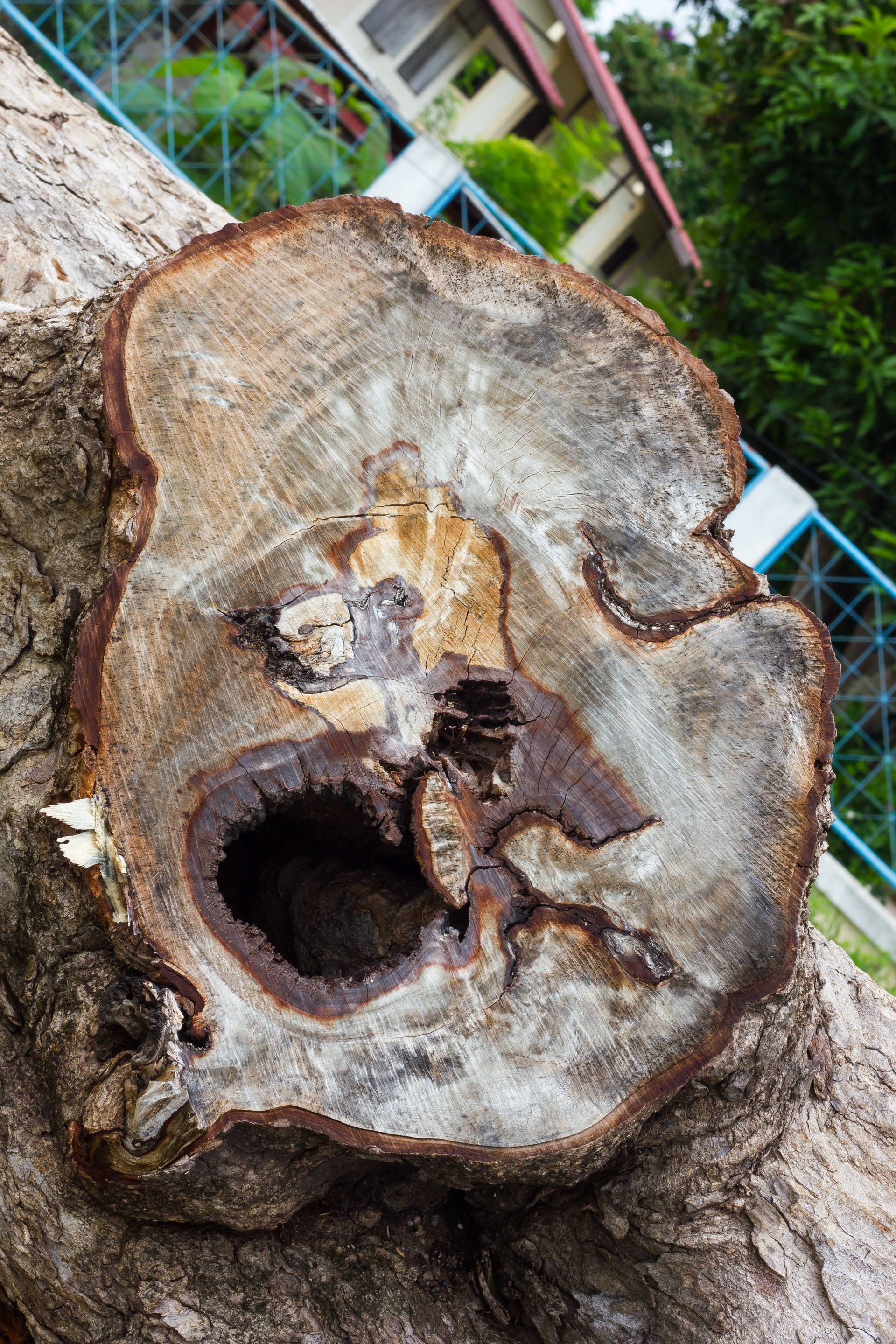
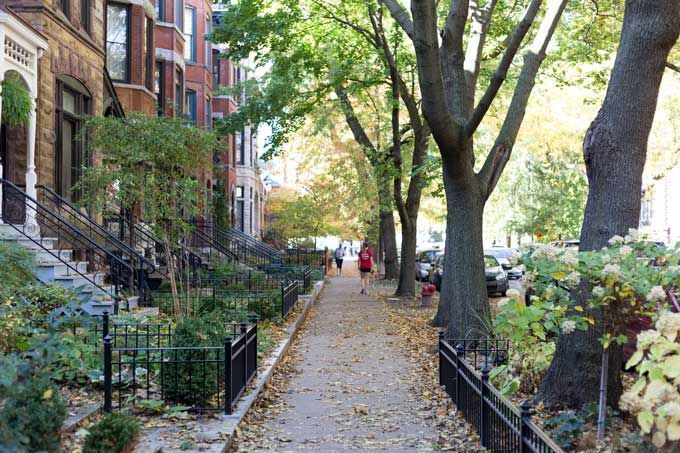
GET A FREE ESTIMATE TODAY
If you're in need of tree services in Des Plaines, IL, don't hesitate to reach out to Big D's Des Plaines Tree Service. Our team of trained professionals is dedicated to providing exceptional service and ensuring the health and safety of your trees. Whether you need tree removal, trimming, or stump grinding, we have the tools and expertise to get the job done efficiently and effectively. Contact us today to schedule a consultation, and let us help you keep your trees looking beautiful and healthy year-round.
QUICK LINKS
COMPANY INFO
Big D's Des Plaines Tree Service
1646 River St, Des Plaines, IL 60016, United States of America
